Unlock Ai For Better Sleep: A Guide to Using AI for Recovery
Do you ever get a full eight hours of sleep and still wake up feeling groggy and unrested? According to recent studies, nearly one-third of adults report not feeling refreshed upon waking, regardless of duration. This highlights a crucial truth about rest: quality trumps quantity every time. The challenge, however, is figuring out how to quantify and enhance the quality of your sleep. The answer lies in the rapidly advancing field of AI for better sleep. This guide will show you how to leverage this technology to decode your body’s nightly signals and unlock true, restorative recovery. This is a vital topic in our The Ultimate Guide to AI for Wellness.
The Sleep Paradox: Why 8 Hours Isn’t Always Enough
While the “eight-hour rule” serves as a useful benchmark, it doesn’t capture the full picture of restorative rest. Your body doesn’t simply turn off during sleep; it cycles through a sophisticated, multi-phase process of physical and mental repair. It’s entirely possible to be in bed for eight hours yet get insufficient time in the most vital stages of sleep: Deep and REM.
Factors like stress, late-night meals, alcohol, and inconsistent bedtimes can sabotage your sleep quality without you even realizing it. Without objective data, you’re left guessing why you feel so tired. This is the problem that modern wearable health technology was designed to solve.
The Rise of the AI Sleep Tracker: Your Personal Sleep Lab
An AI sleep tracker—typically a smart ring, watch, or band—is more than just a motion detector. These devices use advanced sensors like optical heart rate monitors and accelerometers to collect physiological data throughout the night.
The real magic, however, happens in the cloud. The device sends this raw data to a powerful AI algorithm that analyzes it, identifies patterns, and translates it into simple, understandable insights. It essentially turns your bedroom into a personal sleep lab, providing you with a daily report on your body’s recovery and readiness for the day.
5 Key Sleep Metrics That AI Can Analyze for You
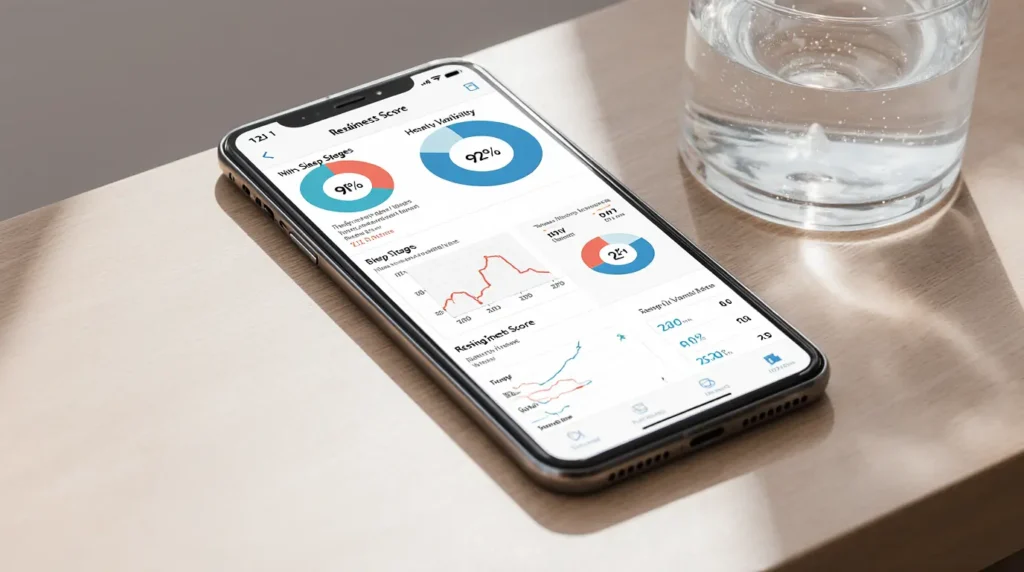
To truly improve recovery with AI, you need to understand the language it speaks. Here are the five most important metrics your AI sleep tracker will analyze.
1. Sleep Stages (Deep, REM, Light): The “What” of Your Sleep
This is the most fundamental analysis. The AI algorithm identifies which stage of sleep you are in throughout the night.
- Deep Sleep: The “physical restoration” phase. This is when your body repairs muscles, grows tissue, and boosts its immune system.
- REM Sleep: The “mental restoration” phase. Crucial for memory consolidation, learning, and dreaming.
- Light Sleep: The majority of your night, it still serves important functions but is less restorative than Deep or REM. An AI can show you if you’re getting enough of the two most important stages, a topic explained in detail by the Sleep Foundation.
2. Heart Rate Variability (HRV): The Ultimate Stress & Recovery Metric
HRV is the measurement of the variation in time between each heartbeat. Contrary to what you might think, a healthy, resilient system has a high degree of variability.
- High HRV: Indicates your nervous system is balanced and you are well-rested and recovered.
- Low HRV: Can be a sign of stress, illness, fatigue, or overtraining. By analyzing sleep data nightly, an AI can establish your personal HRV baseline and alert you when you deviate, suggesting you might need a rest day.
3. Resting Heart Rate (RHR): Gauging Your Cardiovascular Health
Your RHR measures how many times your heart contracts in one minute while you are completely at rest. Typically, a lower RHR points to a stronger heart and improved cardiovascular conditioning. An AI tracks this metric nightly, and a downward trend in your RHR over time is a strong signal that your fitness level is on the rise.
4. Respiratory Rate: The Overlooked Metric
This metric tracks the number of breaths you take per minute. A normal, stable respiratory rate during sleep is a sign of good health. Significant changes in your nightly average can sometimes indicate underlying health issues, and an AI tracker is excellent at spotting these subtle shifts over time.
5. Body Temperature: A Clue to Your Internal Clock
It’s natural for your core body temperature to shift and change as you sleep. An AI can monitor these minute fluctuations (often by just fractions of a degree) to offer insights into your circadian rhythm. For women, this data can also be used to help track menstrual cycles with a high degree of accuracy.
From Data to Action: How to Improve Your Recovery with AI Insights
Gathering data is useless without action. The true power of AI for better sleep is its ability to correlate your daily habits with your nightly sleep quality scores.
- The AI might report: “We noticed your REM sleep was 20% lower last night. The data suggests a correlation with your late workout recorded at 8 PM.”
- Your Action: You can then decide to try an earlier workout. After following our guide on Your AI Personal Trainer, you now know how to adjust your schedule.
- The Feedback Loop: The next day, you can see if this change improved your REM sleep. This creates a powerful, personalized feedback loop for optimizing your life.
Many of these features are found in the best AI wellness tools we’ve reviewed, which specialize in turning this data into easy-to-understand recommendations.
A good night’s sleep is essential for muscle repair, especially after an intense workout. And to make sure your workout is both effective and safe, remember that AI tools can now analyze your posture to ensure your safety.
Frequently Asked Questions (FAQ)
Do I need an expensive wearable to use AI for better sleep?
While dedicated wearables like those in our Oura Ring vs. Whoop review provide the most accurate and detailed data, many smartwatches and even some smartphone apps offer basic AI-powered sleep analysis.
How accurate is an AI sleep tracker compared to a medical sleep study?
A consumer wearable is not a medical device. A polysomnography (PSG) test in a sleep lab is the gold standard and far more accurate. However, an AI sleep tracker is incredibly effective at tracking trends over time in a real-world environment. Its strength is in consistency and convenience, not clinical diagnosis.
Can these tools diagnose sleep apnea?
No. While some devices may detect breathing disturbances and flag them as a potential risk factor for sleep apnea, they cannot and should not be used for diagnosis. If you suspect you have a condition like sleep apnea, it is essential to see a doctor for a proper medical evaluation.
Disclaimer: The information in this article is for educational purposes only. It is not intended to be a substitute for professional medical advice, diagnosis, or treatment. Always seek the advice of a qualified health provider with any questions you may have regarding a medical condition or sleep disorder.

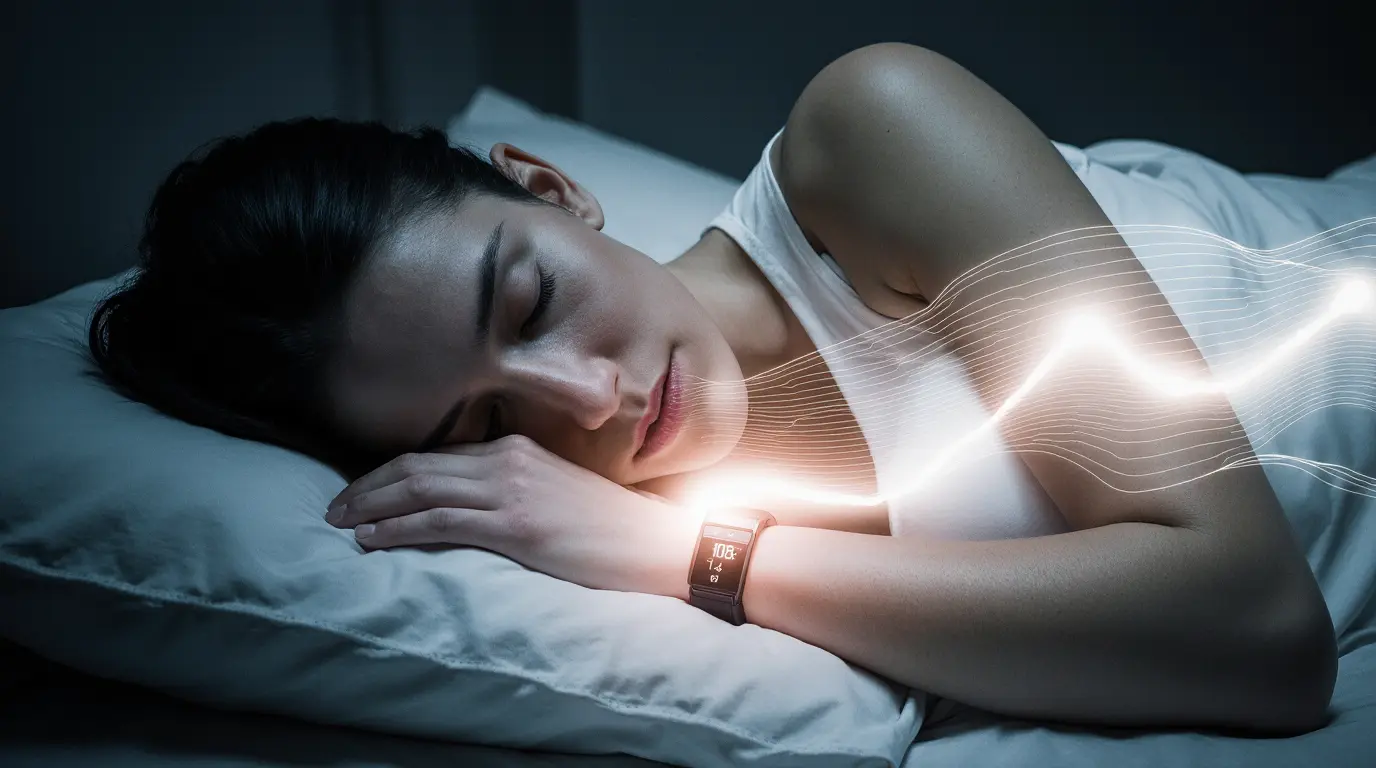

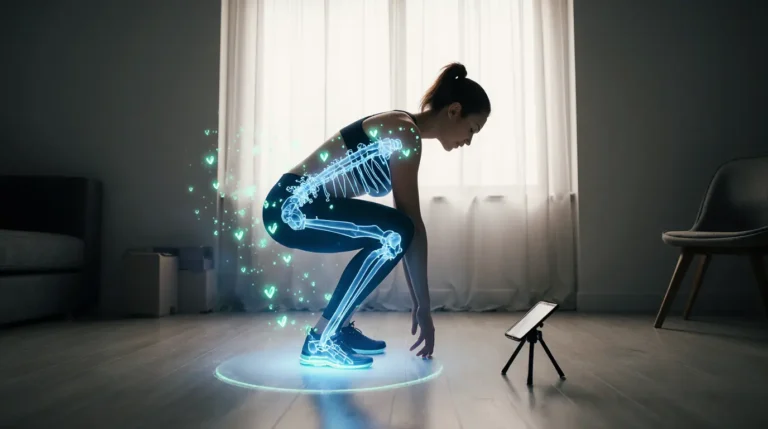
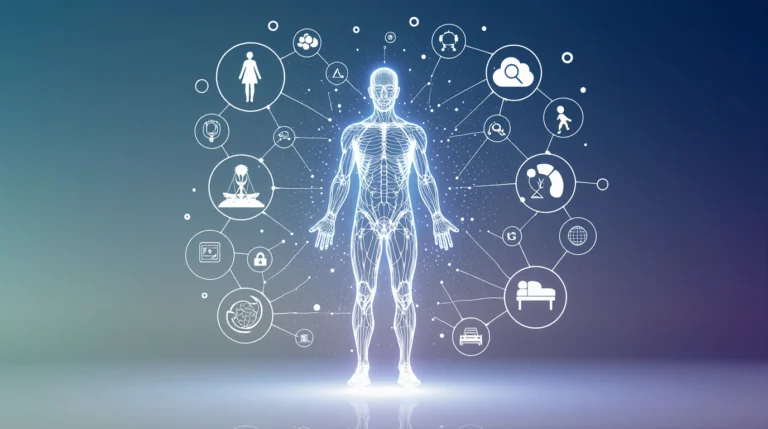
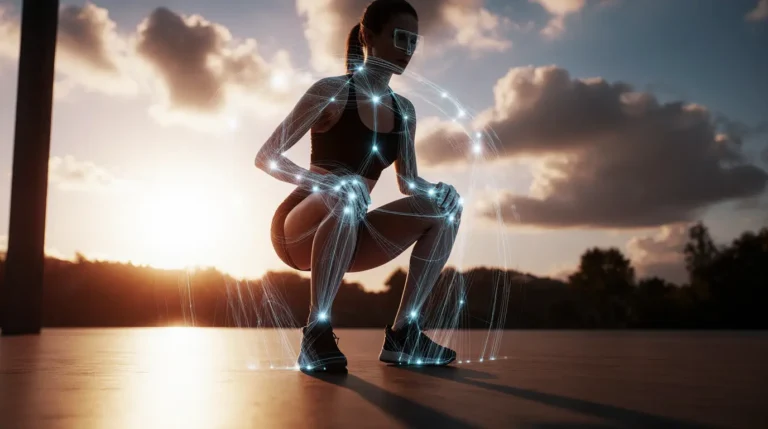
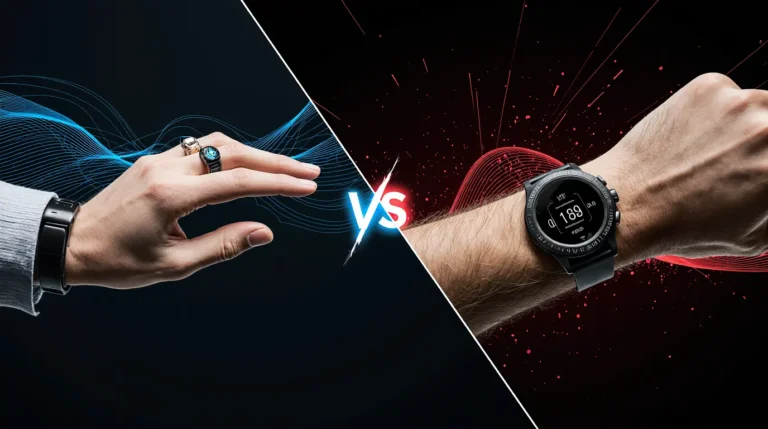
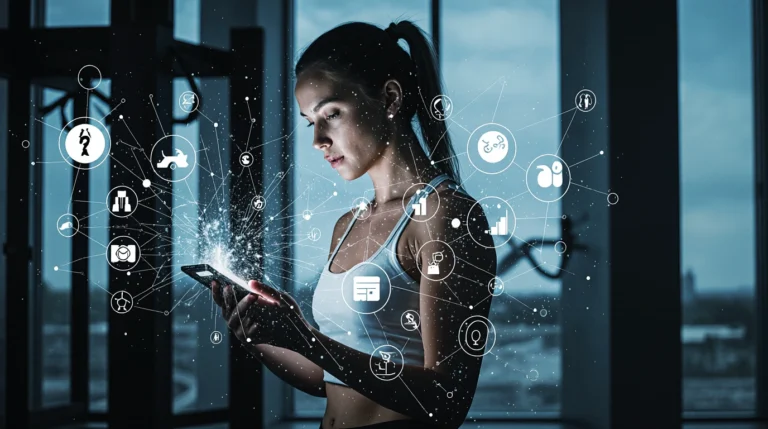
5 Comments